Visiting the islands of Revillagigedo has been a wildest dream of mine since I began diving and watching documentaries on the remote pinnacles that stretch along the Pacific ocean. As a marine protected area, the case of Revillagigedo National Park is definitely an interesting one. I remember reading an article on “México Desconocido” from more than 20 years ago that made some of the first remarks on the islands directed toward a tourist-explorer audience. It warned visitors to fear for their lives, that sharks abound in these waters and could sneak up from behind you as soon as you dropped in. Today, the magazine’s tone takes a different approach where it encourages the tourist to come and visit the high-sea pelagics in what is now the largest protected area in North America.
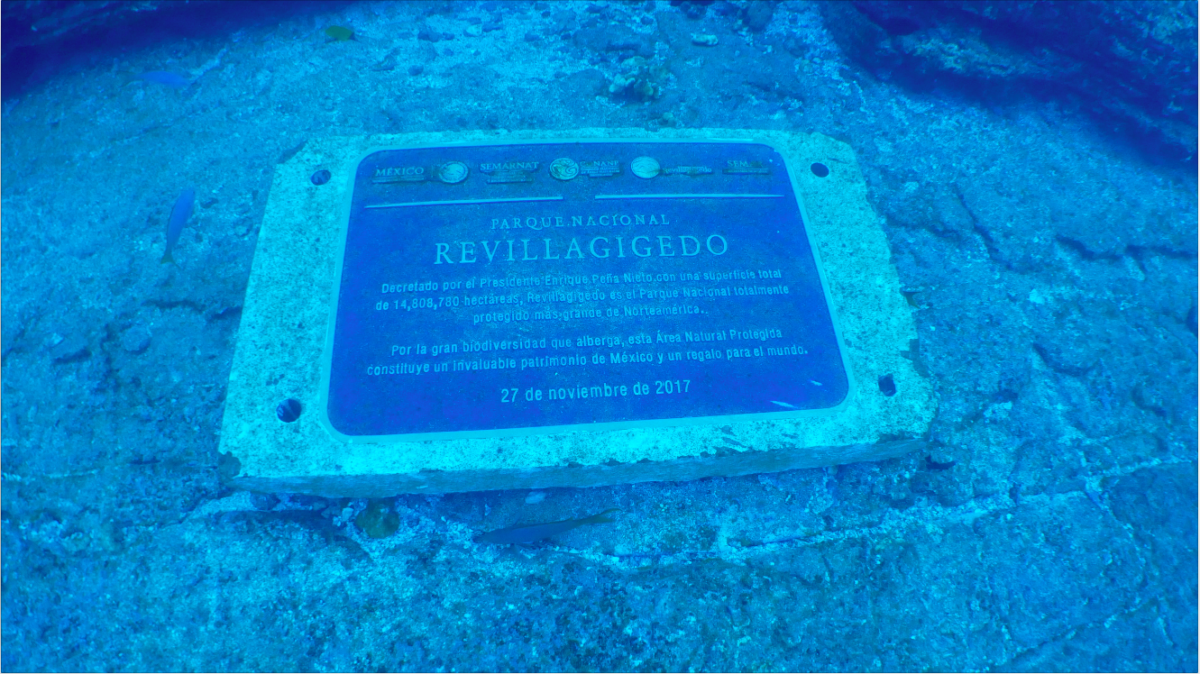
So when I found out I would have the opportunity to hop onboard the Quino El Guardián, a vessel seeking community-driven initiatives to promote tourism and conservation alike, to embark on a citizen science expedition for shark research and conservation in the Revillagigedo Islands, there was no way I could contain the excitement. This particular trip was co-hosted by a local NGO called Pelagios Kakunjá, a research-based organization that specializes in sharks and mantas of the Pacific. Onboard we were joined by a student of the organization and Dr. Peter Kimley, the lead scientist of the expedition. We had a quest to retrieve some of the surveillance systems that the NGO has been placing for the last couple of years to gather data on shark behavior. But the ultimate goal was to seek the majestic hammerhead, Sphyrna lewini, in an attempt to tag and keep a record of presence and abundance.
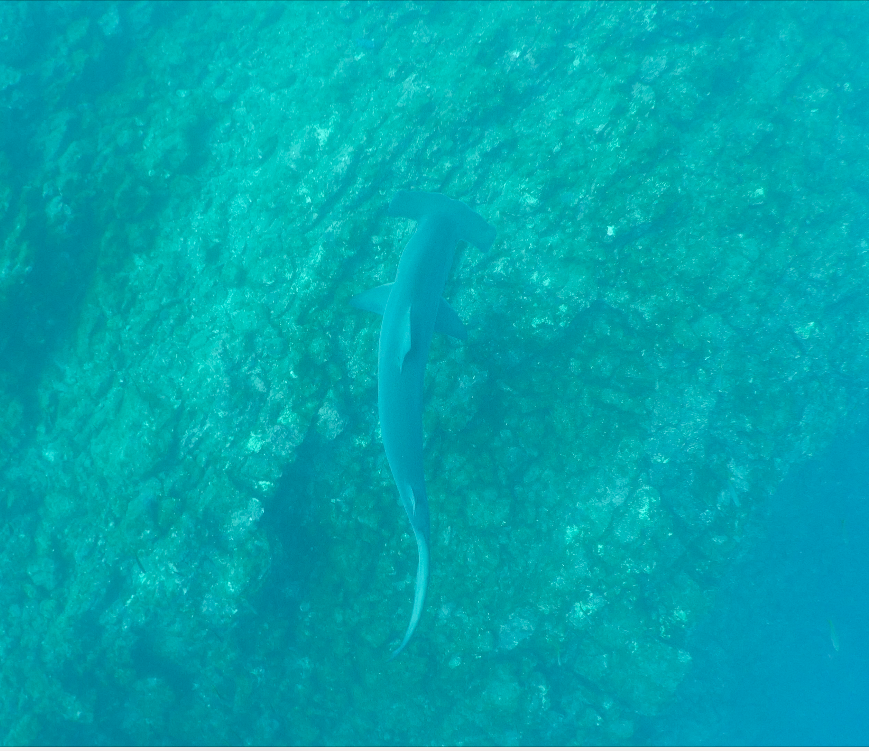
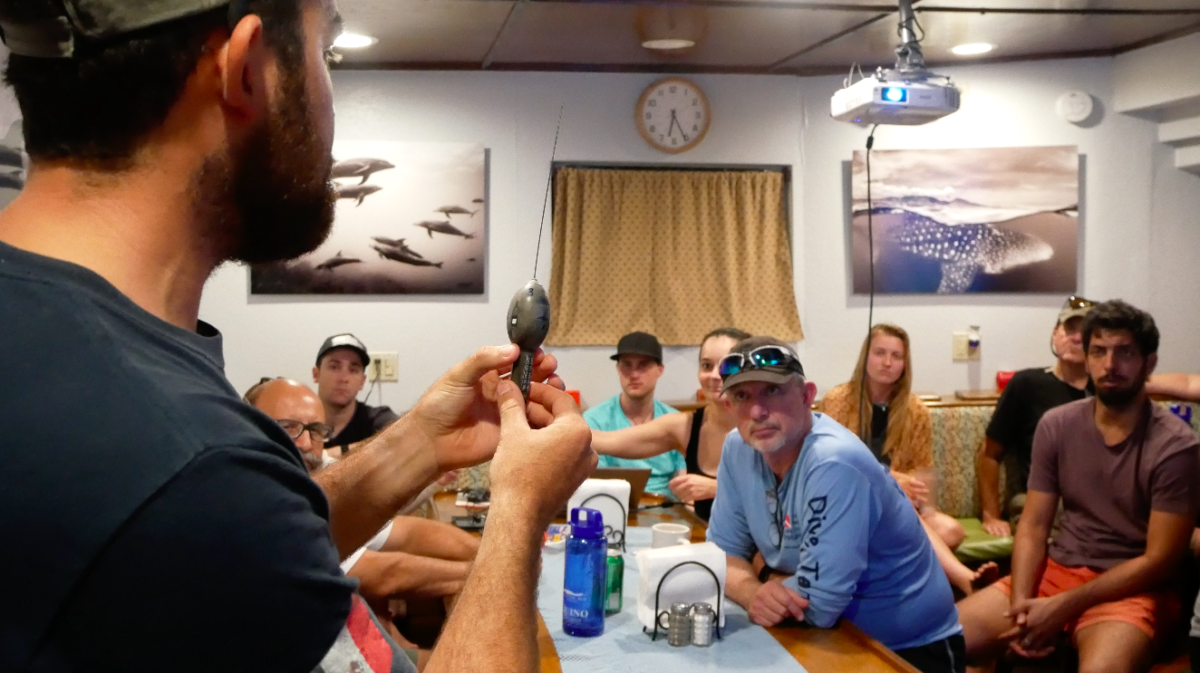
We arrived at San Benedicto, one of the islands in the marine reserve, after some 36 or so hours of travelling across the Pacific. The island treated us to a spectacular view of the sunrise lighting up its silhouette in all its volcanic glory. By 8am we were all geared up and ready for our check-out dive. The water was cool and eerie, as its deep blue and purple hues seemed to last for ever. The visibility was not the best but we were all on the lookout for sharks. Unfortunately, we did not see any on this first dive, but we did catch a glimpse of the local reef fish that live there which were all quite beautiful. On our next dives, we plunged in to fetch one of the cameras that had been installed by Pelagios a while back, and not surprisingly, saw our first sharks. The sharks swayed elegantly around the reef and gathered and dispersed consistently.
The next day, we headed out to the smallest island, Roca Partida, which is barely a piece of rock sticking from the surface. This is probably the most iconic dive site of the archipelago, and its beautiful form even resembles that of a giant oceanic manta. The site definitely does justice to its fame, as we were all open-mouthed from our very first dive. The rock all of a sudden becomes this giant mountain underwater that just runs down into the deep. Giant schools of fish fight the currents which can sweep you away if you’re not careful. Suddenly, we were greeted by a couple of giant mantas, the most gentle and gracious creatures I have ever seen in my life. With ease they flew through water and came close to check the divers, swim around them and enjoy their bubbles.

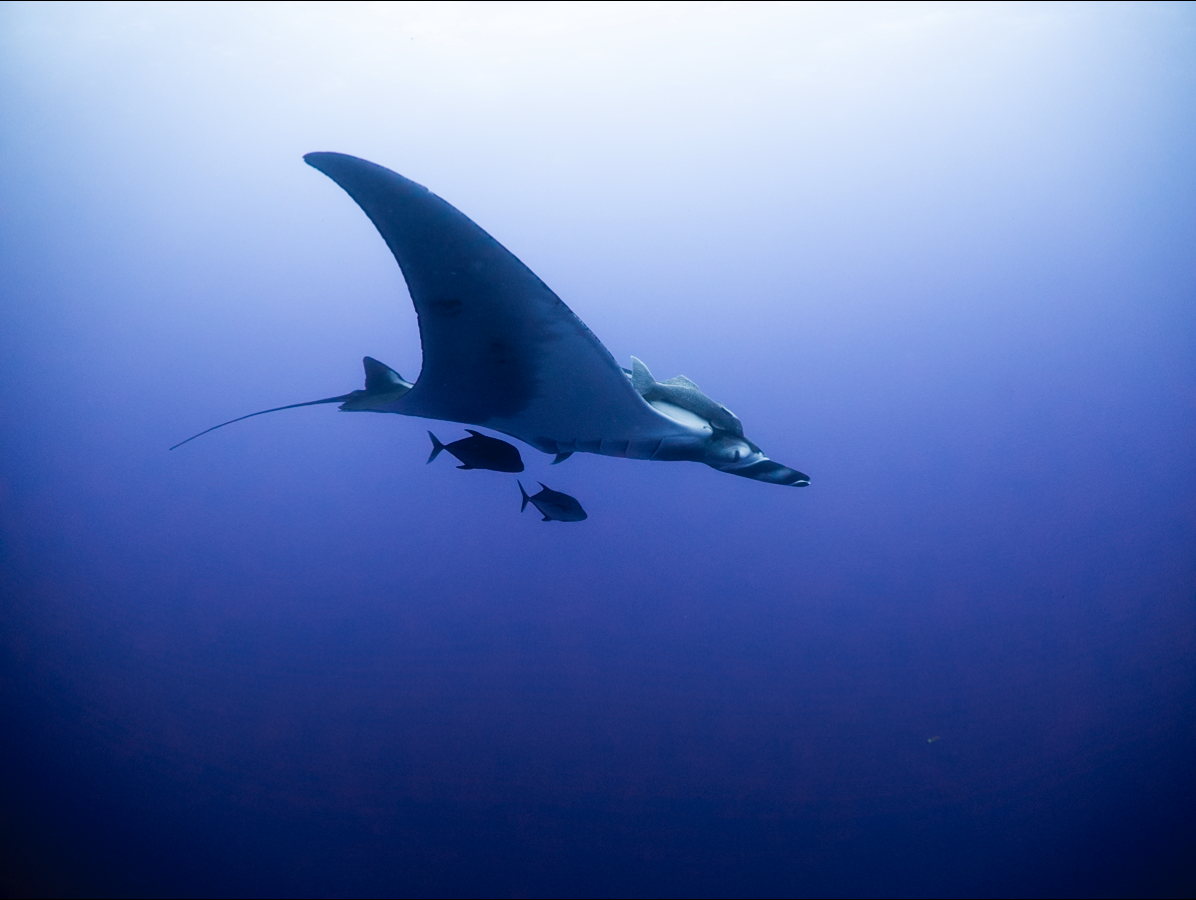
We spent the next day on Roca Partida as well, trying to seek and identify the different types of sharks. We saw oceanic white tips, galapagos, blacktips, silkies and some divers were even able to see a tiger shark. However, one of my favorite sightings was actually not a shark at all, rather a big yellowtail tuna. To see a fish roam the surface and instantly dart to the deep like a torpedo in search of its prey is an experience that no documentary can give you, and to witness such a majestic predator, that is more well known as a canned food source that is taken for granted in the human world, suddenly became a huge contradiction. Nothing can compare to the force, dynamic and stealth of the tuna and no can in the world will ever do it justice.
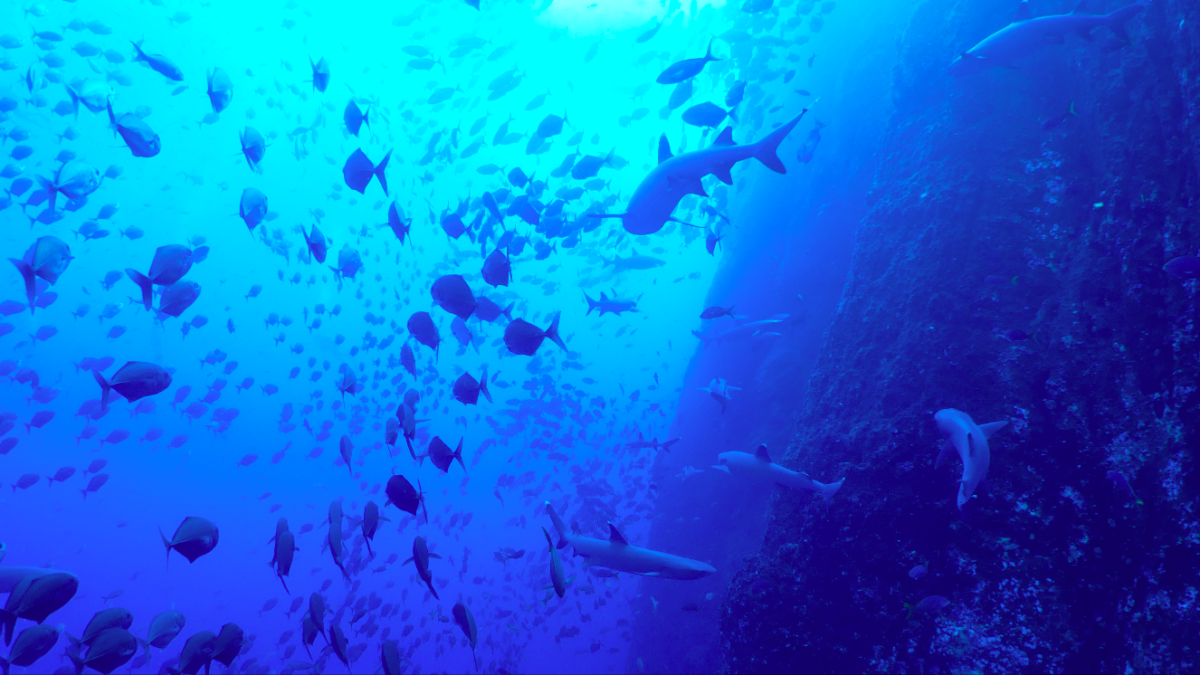
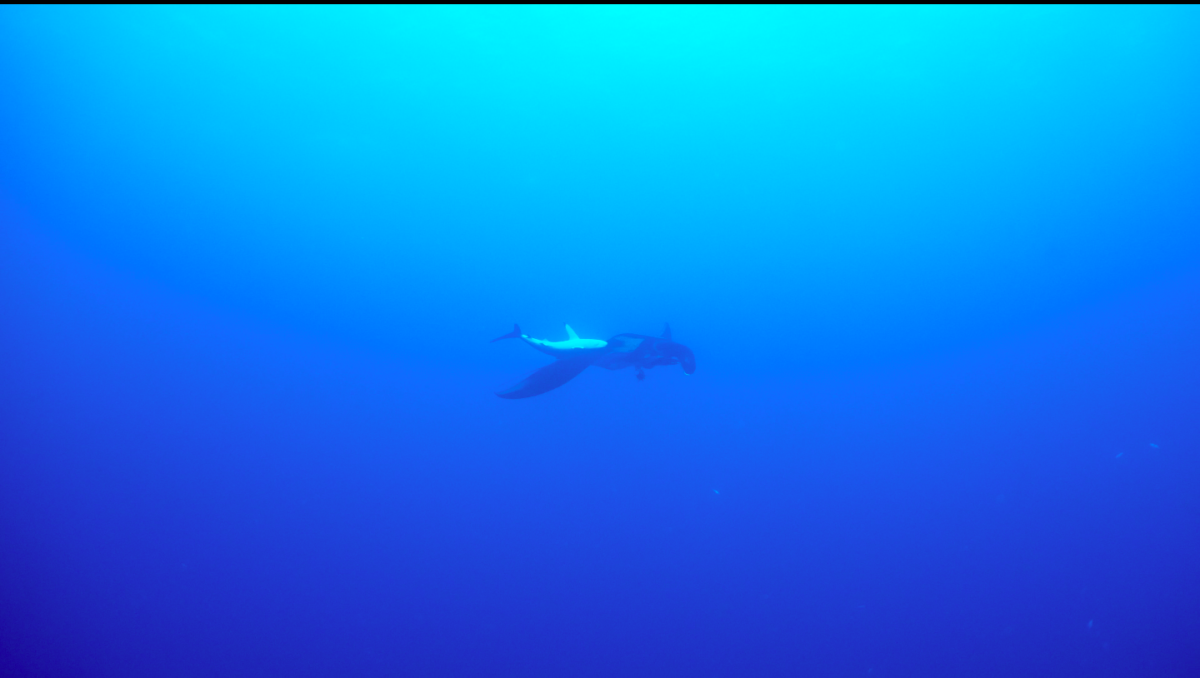
We departed for our next island, Socorro, where we would make a stop at the Mexican navy for check-in. We had the opportunity to assist the scientists in tagging a shark and understand the delicate procedure of doing so. The water was beginning to get a bit more murky as the winds were blowing in, but we were still able to enjoy the scenery laid by the wavy rock formations that formed little mounts on the seafloor, giving the scientists excellent locations to set up the underwater surveillance systems. And then, very subtly as I was ascending behind the group to begin my safety stop, I noticed a school of fish passing by. But as they got a little closer, their distinct, hammer-shaped noses appeared moving side to side. It was in fact a school of hammerheads, and they just swam by in a group, quickly disappearing into the distance.
Our last day was spent wandering around the Boiler, another popular dive site, where we witnessed some little shark caves along the rocks and continued enjoying the spectacle of the mantas, dancing around us as if they were there just for our amusement.
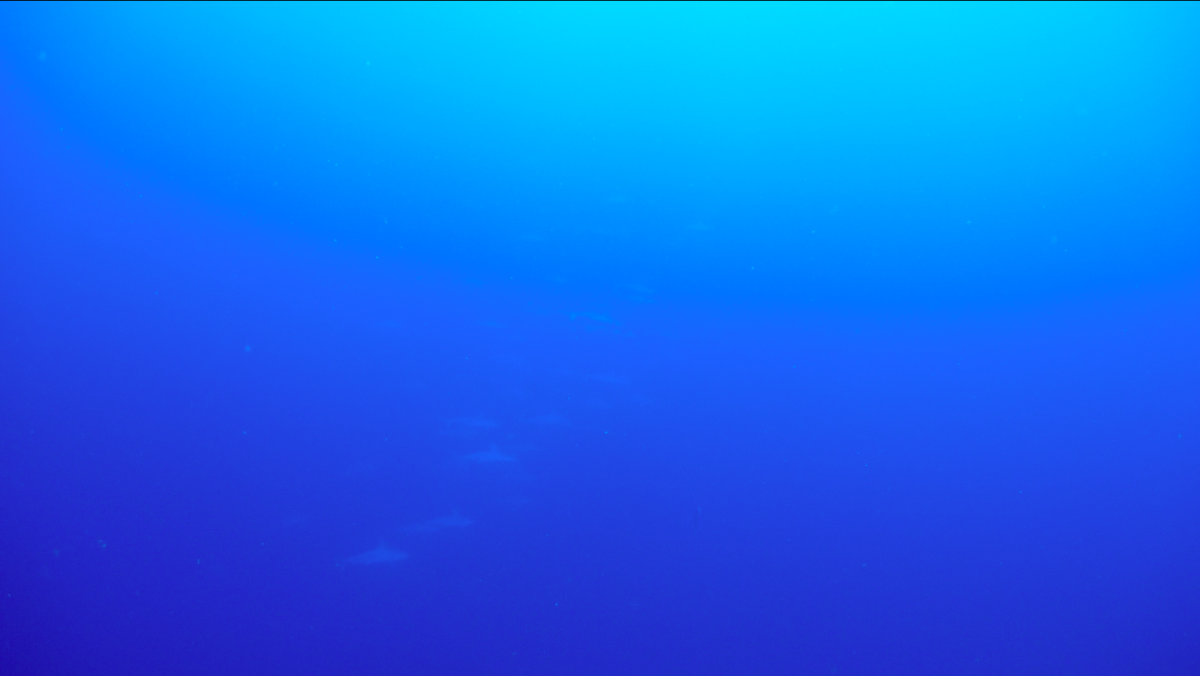

Of course not much can beat the majestic experience of sharing the water with the spectacular animals that roam the islands, but being part of the Quino expedition added so much more value to the trip. The opportunity to read and learn about the place we were visiting, with the ability to ask questions directly to the experts, sitting in on lectures and helping perform their research duties definitely makes for a rich educational experience. And to top it all, I had the privilege of shadowing the crew a couple of times, learning what it’s like to be a divemaster and using air compressors and other equipment on board as well as participating on part of the nightly shifts to monitor the boat’s sonar, trajectory and overall functioning.
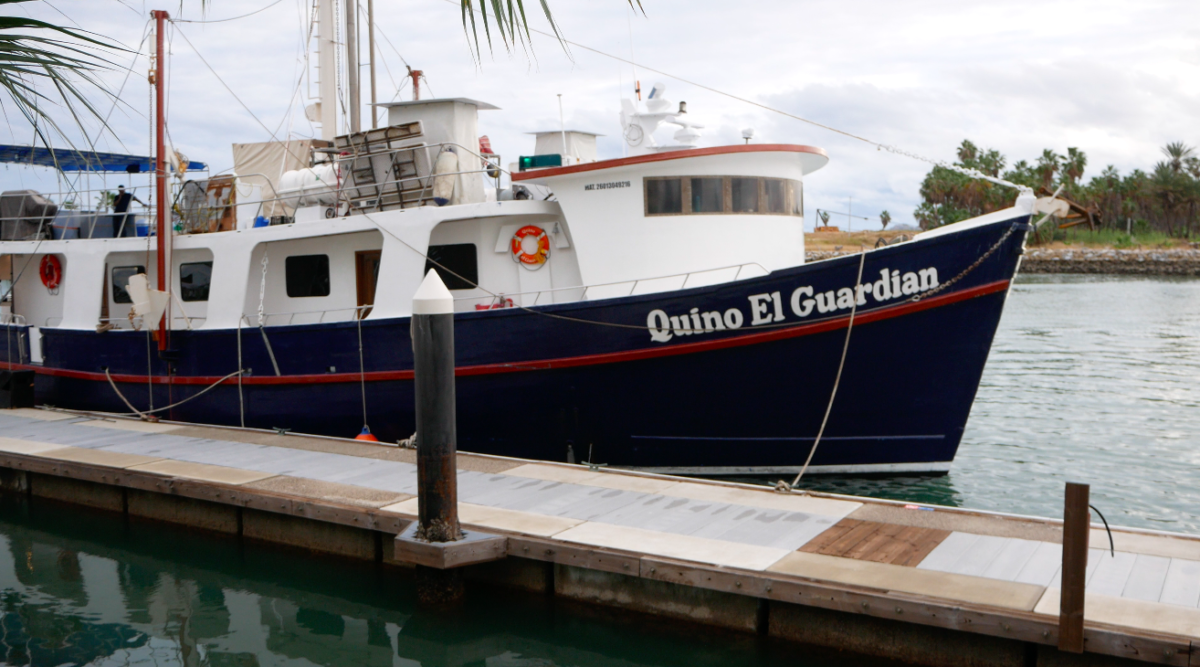
The Quino boat will soon be serving a new purpose, as it will be fitted to accommodate youth from various fishing communities along the Baja California peninsula offering them the opportunity to engage in several educational activities pertaining to marine biology, eco-tourism and conservation. For more information on this upcoming project, please visit the website of Heroes of the Sea and see how you can contribute to making this happen.
A huge thank you to the Quino El Guardián team for having made one of my dreams come true. I look forward to seeing the boat’s transformation and following the exciting projects ahead.
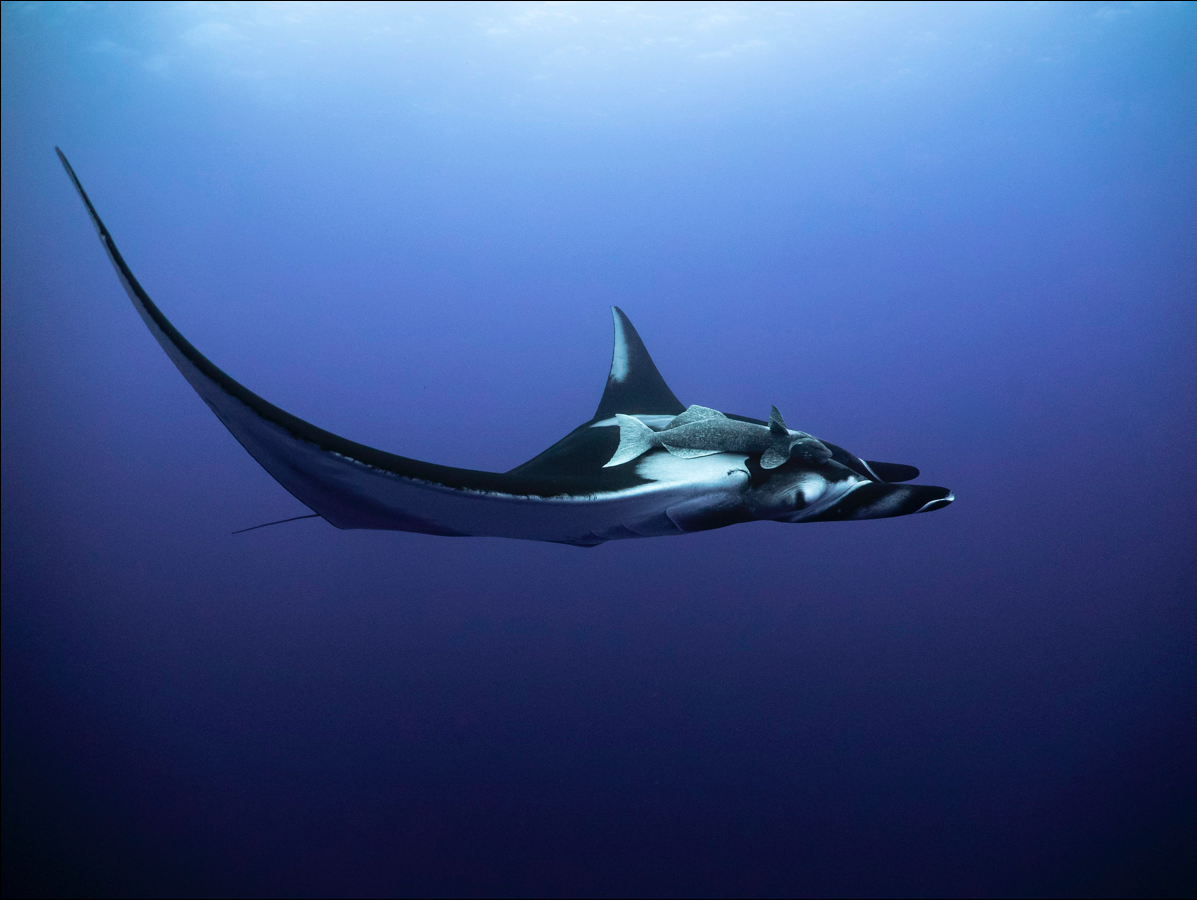
Buscando tiburones en el Quino
Ir a las islas de Revillagigedo ha sido un sueño desde que comencé a bucear y a ver documentales de los montículos remotos que se extienden a lo largo del Pacífico. Como área marina protegida, el caso del Parque Nacional Revillagigedo es interesante. Me acuerdo leer un artículo de ‘México Desconocido’ de hace más de veinte años que formuló una de las primeras opiniones hacia el archipiélago desde un punto de vista turístico-explorador. Le advertía al público que cuidaran de cerca sus vidas, ya que las aguas que rodean las islas están repletas de tiburones que podrían acechar en cualquier momento. Hoy en día los artículos de la misma revista describen el parque con un tono distinto, uno que invita al turista a visitar a los animales pelágicos de alta mar en lo que ahora es el área protegida más grande de Norte América.

Cuando me enteré de que iba a tener la oportunidad de subirme a bordo del Quino El Guardián, barco cuyas iniciativas comunitarias buscan promover el turismo y la conservación, para embarcarme en una expedición de ciencia ciudadana para la conservación e investigación de tiburones en las islas de Revillagigedo, muy difícilmente podía contener la emoción. Este viaje en particular tenía de anfitriones a unos científicos de una organización local llamada Pelagios Kakunjá que se enfoca en el estudio de los tiburones y mantas del Pacífico. Parte del viaje estaba enfocado a recuperar algunos de los aparatos de investigación que la organización ha estado instalando a lo largo de los años para tomar datos del comportamiento de los tiburones. Pero la meta final era la de buscar al magnífico tiburón martillo, Sphyrna lewini, para tratar de marcarlo y tomar nota de su presencia y abundancia.


Llegamos a San Benedicto, una de las islas del parque, después de alrededor de 36 horas de traslado a través del Pacífico. La isla nos recibió con una vista espectacular del amanecer iluminando su silueta en todo su esplendor volcánico. Para las ocho de la mañana ya estábamos todos equipados y listos para nuestra primera inmersión. El agua estaba templada y misteriosa, de modo que sus tonos púrpura y azul profundos parecían extenderse para siempre. La visibilidad no era la mejor pero todos estábamos con la mira en alto para encontrar tiburones. Desafortunadamente, no vimos ninguno en nuestro primer buceo, pero sí pudimos familiarizarnos con la fauna local que era verdaderamente hermosa. En nuestros siguientes buceos, nos sumergimos para recuperar una de las cámaras con carnada que habían sido instaladas por Pelagios hace un tiempo, y no fue gran sorpresa que en ese momento logramos avistar los primeros tiburones. Ellos ladeaban de manera elegante a lo largo del arrecife, y eran tan dinámicos que se agrupaban y dispersaban constantemente.
Al siguiente día nos dirigimos hacia la isla más pequeña, Roca Partida, que es apenas un montículo de piedra sobresaliendo la superficie. Este es probablemente el sitio más icónico del archipiélago, y su belleza hasta semeja aquella de una manta gigante. El sitio definitivamente le hace justicia a su fama, todos quedamos boquiabiertos desde la primera inmersión. Al entrar al agua, la roca de repente se vuelve esta gigante montaña submarina que sigue y sigue hacia las profundidades. Escuelas gigantes de peces luchan contra la corriente que puede llevarte en cualquier momento si no te mantienes alerta. De la nada aparecieron un par de mantas gigantes, las criaturas más majestuosas y gentiles que he visto. Con gracia y facilidad, ellas vuelan por el agua y se acercan a los buzos, nadan alrededor de ellos y disfrutan de sus burbujas.


Pasamos el día siguiente en Roca Partida también, buscando identificar diferentes tipos de tiburones. Vimos puntas blanca, galápagos, puntas negra, sedosos y algunos incluso vieron un tiburón tigre. Sin embargo, uno de mis encuentros favoritos no fue con un tiburón, sino un atún aleta amarilla gigante. Ver un pez acechar la superficie e inmediatamente perforar la columna de agua como torpedo en busca de su presa es una experiencia que ningún documental te puede ofrecer. Y poder presenciar la majestuosidad de un depredador perfecto, que conocemos más por las latas del supermercado que por su diseño salvaje y presencia en el mar, de repente se convirtió en una contradicción. Nada se compara a la fuerza, dinámica y el sigilo de un atún y ninguna lata en el mundo entero le podrá ofrecer el respeto que se merece.


Emprendimos marcha a la siguiente isla, Socorro, donde haríamos una breve parada en la marina mexicana para registrar la visita. Tuvimos la oportunidad de apoyar a los científicos en el marcaje y registro de un tiburón, entiendo así lo delicado del proceso. El agua comenzaba a perder claridad conforme pegaban los vientos, pero aún así pudimos disfrutar del paisaje espectacular compuesto de formaciones rocosas que rodeaban los montículos del suelo, ofreciéndoles a los científicos excelentes locaciones para colocar sus dispositivos de investigación. Aquí, muy sutilmente, mientras ascendía hacia mi parada de seguridad, me percaté de un grupo de peces a la lejanía. Pero conforme se acercaban, pude distinguir sus narices en forma de martillo moviéndose de lado a lado. ¡Era en realidad una escuela de tiburones martillo! Y así como se acercaban, rápidamente se esfumaron en el azul profundo.
Nuestro último día lo pasamos merodeando alrededor del Boiler, otro sitio muy popular, donde pudimos ver unas pequeñas cuevas de tiburones sobre las rocas y continuamos disfrutando del espectáculo de las mantas, que danzaban a nuestro alrededor como si estuvieran ahí sólo para entretenernos.


Claro que nada le puede ganar a la experiencia de compartir el agua con los animales espectaculares que visitan las islas, pero haber sido parte del viaje de Quino le agregó tanto más valor a la visita. La oportunidad de leer y aprender sobre el lugar que visitábamos, con la posibilidad de hacerle preguntas directamente a los expertos y ayudándolos en su investigación dio a lugar una experiencia de aprendizaje mucho más rica. Y por encima de todo, tuve el privilegio de apoyar a la tripulación un par de veces, aprendiendo de los dive master y usando los compresores de aire y otra maquinaria así como participar en algunas de las guardias para monitorear el barco.

El Quino pronto servirá un propósito distinto, ya que se rediseñará para acomodar a varios jóvenes de comunidades pesqueras a lo largo de la península de Baja California para ofrecerles la oportunidad de participar en proyectos educativos de biología marina, ecoturismo y conservación. Para obtener más información del proyecto y de cómo apoyar, favor de visitar la página de Héroes del Mar.
Muchas gracias al equipo del Quino El Guardián por haber hecho uno de mis sueños realidad. Ansío ver la transformación del barco y de seguir los proyectos emocionantes que tiene por delante.
